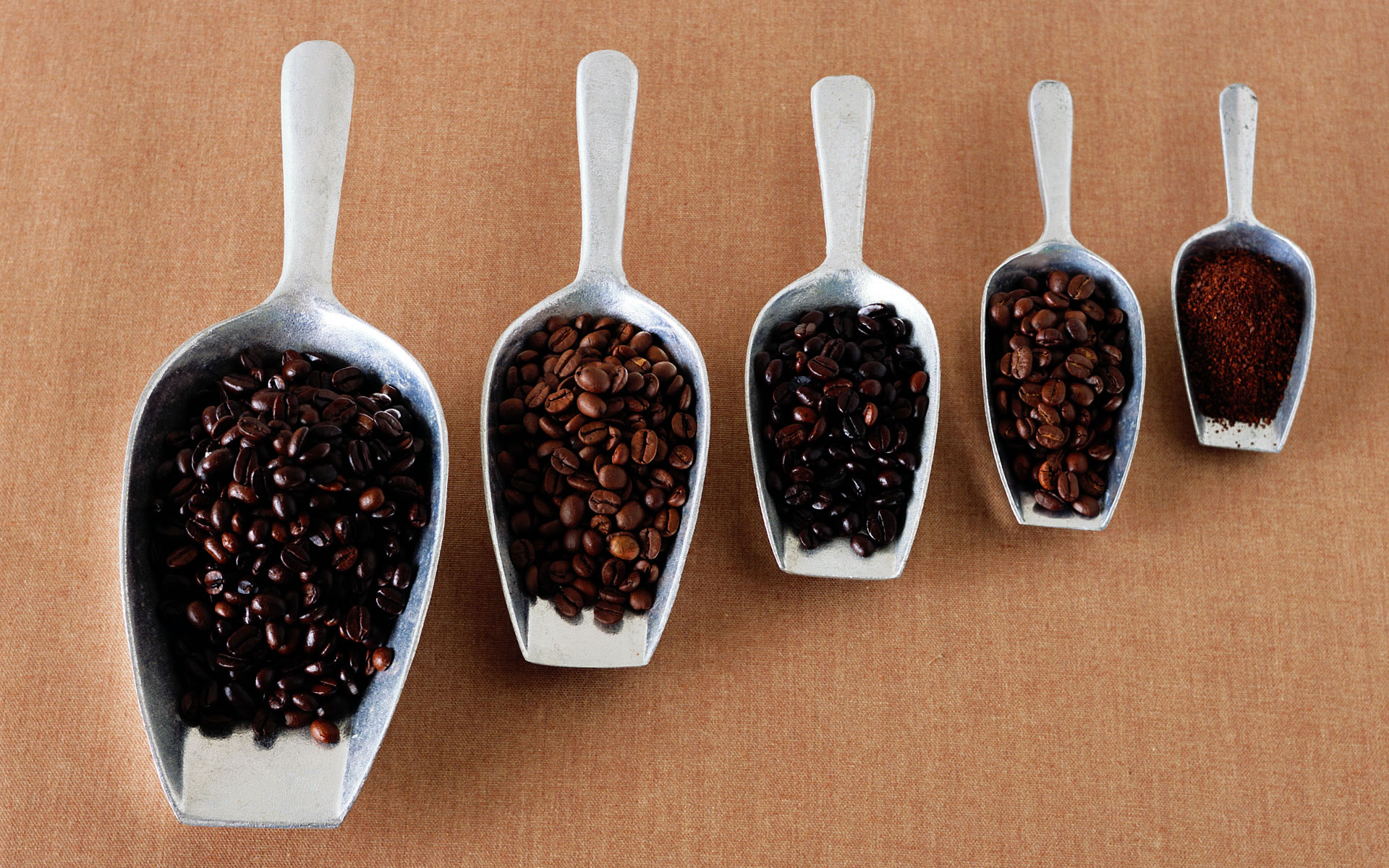Analysis of Italian espresso oil Crema blended with coffee beans with rich Brazilian flavor
"Italian concentrate" is a multiphase drink that can be made with roasted and ground coffee powder and water. The concentrated surface is covered with a layer of foam made of tiny bubbles and has a special imprint like a stripe on a tiger's tail. At the bottom of the foam are particles with tiny emulsified oil droplets that dissolve sugars, acids, proteins, caffeine, bubbles and solids.
Emulsification: the role of a liquid in which tiny droplets are uniformly dispersed in another liquid that is immiscible. Emulsification is a liquid-liquid interface phenomenon, in which two insoluble liquids, such as oil and water, are divided into two layers in the container, with low-density oil in the upper layer and high-density water in the lower layer. If the appropriate surfactant is added under strong stirring, the oil is dispersed in the water to form an emulsion, a process called emulsification. )
(phase state: that is, the state of matter (or phase for short, also called physical state), refers to a set of states of a macroscopic physical system. A substance in a state has simple chemical composition and physical properties (such as density, crystal structure, refractive index, etc.). The most common states of matter are solid, liquid and gaseous, commonly known as "three states of matter". )
What is crema? Why did crema disappear?
A series of complex chemical changes occur during coffee roasting to produce large amounts of carbon dioxide. Most of the carbon dioxide will be released naturally during the storage of ripe coffee beans, but more carbon dioxide will remain in the cell wall.
The pump pressure correlation of 9 bar is the insoluble oil in emulsified coffee. In fact, water pressure has another function, which is to make water supersaturated to carbon dioxide, increasing the solubility of water to carbon dioxide, thus dissolving more times more carbon dioxide than normal natural pressure. That's why hot water forms thousands of tiny bubbles when it passes through pressed powder.
The formation of the foam layer requires bubbles, as well as compounds or particles that like to surround these bubbles to make the structure of these bubbles stable and more elastic. The coating effect of these chemical components will involve surfactants. The formation of vesicles is mainly related to melanoidin (melanoidin). Melanoidin is a general term for a series of compounds formed during coffee roasting, and scientists know little about it.
Proteins and melanoidins can cover bubbles because they have ingredients that repel water-also known as hydrophobicity. So they approach gas rather than water, and because of their hydrophobicity, these substances are eventually adsorbed on the bubbles, forming a bubble layer.
There are other hydrophobic substances in coffee: fat / oil. The fat here is separated because "fat" is the solid form of oil (oil), which coexists in coffee.
The reasons for the disappearance of crema are grease / oil and gravity. When the surfactant dissolves in water, gravity pulls down the coffee material stored in the foam layer, which pulls the substance that covers the surface of the bubble, causing the bubble to become fragile and inelastic, and eventually burst quickly.
The speed at which the foam layer disappears mainly depends on the speed at which gravity acts. A cup of properly extracted concentrated surface foam will last longer than a cup of underextracted concentrate. This is because the overall composition of the correctly extracted concentrate will be thicker, which can be confirmed by the tactile sensation concentrated in the mouth.
Color of Crema: what can it tell us?
The normal extraction of crema should be reddish brown, but what does it say when the concentrated crema is light, or very dark, almost scorched brown? Part of the answer has to do with concentration itself. Because crema is a bubble wrapped in carbon dioxide in concentration, if the foam layer looks dark, we can usually be sure that the concentrated liquid will also be very dark.

Important Notice :
前街咖啡 FrontStreet Coffee has moved to new addredd:
FrontStreet Coffee Address: 315,Donghua East Road,GuangZhou
Tel:020 38364473
- Prev

Understand espresso and control crema espresso coffee bean espresso machine
One rebuttal to not using Robusta in condensed combinations is that Robusta can bring better crema to concentrate. This is true, because Robusta contains less oil than Arabica. On average, Robusta contains only half as much flavor and aromatic oil as Arabica, which means less oil can be extracted.
- Next

Judging Coffee Taste Coffee extract and Coffee quality Italian blend of Coffee beans
Whenever acidity is discussed, it may be good or bad. More appropriately, it is a flavor category that contains both positive and negative attributes. For example, that cup of coffee has very pleasant acidity (That coffees acidity isdelightful) and that cup of coffee has very sharp acidity (That coffees acidity isvery sour).
Related
- Beginners will see the "Coffee pull flower" guide!
- What is the difference between ice blog purified milk and ordinary milk coffee?
- Why is the Philippines the largest producer of crops in Liberia?
- For coffee extraction, should the fine powder be retained?
- How does extracted espresso fill pressed powder? How much strength does it take to press the powder?
- How to make jasmine cold extract coffee? Is the jasmine + latte good?
- Will this little toy really make the coffee taste better? How does Lily Drip affect coffee extraction?
- Will the action of slapping the filter cup also affect coffee extraction?
- What's the difference between powder-to-water ratio and powder-to-liquid ratio?
- What is the Ethiopian local species? What does it have to do with Heirloom native species?

